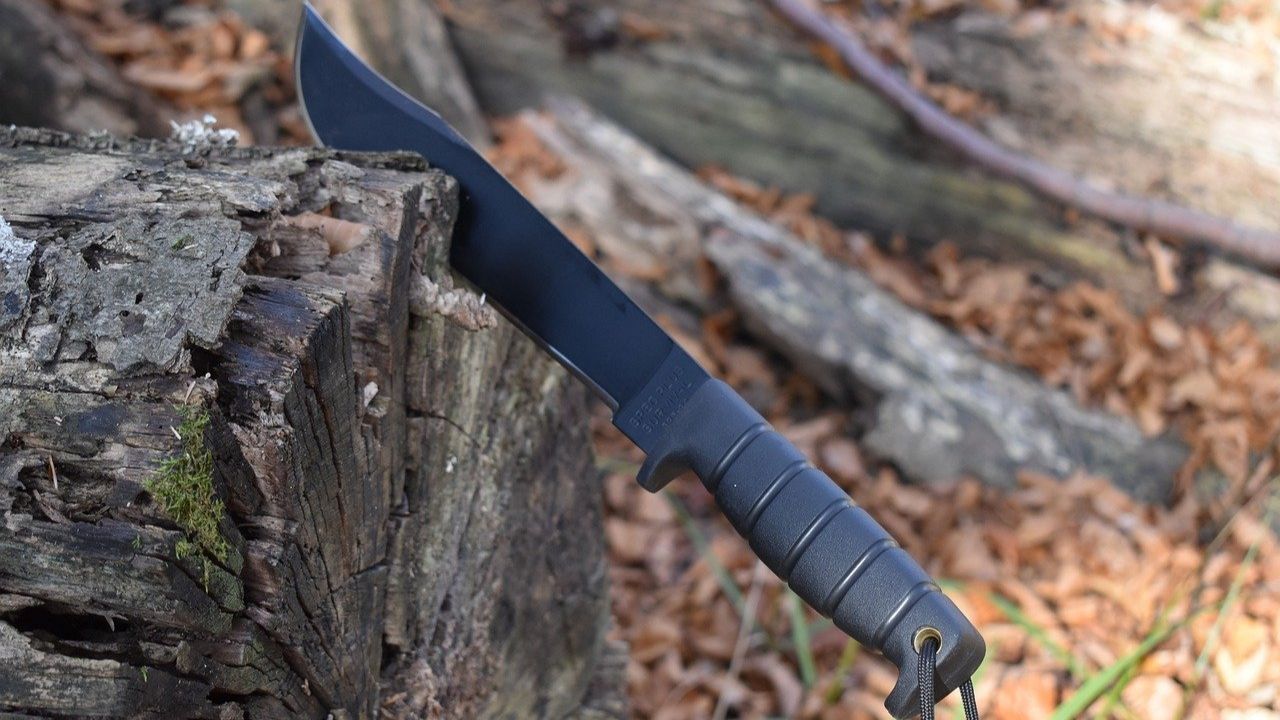
A self feeding fire is a fire that you can keep going on your own without having to manually add fuel to it. It consists of two smooth logs that you place into the fire and allow it to feed itself. As the logs burn, they create heat for a long time. This fire is also great for camping or outdoor parties, as it can provide you with a warm atmosphere for hours on end.
Logs for a self-feeding fire
There are several factors to consider when using logs to start a self-feeding fire. Firstly, the logs need to be about six inches in diameter and round. There shouldn't be any side branches. This will prevent them from rolling down the slope. Once the logs have reached a steady temperature, you can add kindling.
Next, you need to make sure that the fire is big enough to last all night. In some areas, mid-winter nights can last up to fifteen hours. To achieve this, cut logs into two-foot pieces.
Setting up a self-feeding fire
Setting up a self-feeding fire can save you time and energy. This fire can burn for 12 to 15 hours, creating an even heat source for cooking and heat. To set one up, you need to stack two ramps across from each other. Then, load each ramp with even sized logs. Make sure to add spacer sticks between each log to ensure an even burn and ventilation.
To get a good fire start, you need to make sure that your fuel is clean and dry. If the ground is wet or covered with snow, a self-feeding fire is an excellent option. You can also keep layers of wood dry by separating them from the ground. Moreover, you will be able to use the wood that's already dry as a pre-heating agent.
Controlling the amount of air
While the idea of a self-feeding fire may sound like science fiction, it is actually quite practical for a campfire. It allows the fire to burn throughout the night without constant tending. Its unique feature will impress your campers. However, the use of a self-feeding fire for heating and cooking should be used with fire safety gear and constant supervision.
Keeping an even burn on a self-feeding fire
One of the keys to building a self-feeding fire is to keep the fire as even as possible. This requires using dry and seasoned wood. The first step is to line the fire pit or wood stove with large logs. The second step involves layering smaller wood on top of the larger ones.
When you're camping, you can rig a grill over the fire to create even heat. Then let the fire burn for a few hours before adding more wood. Keeping a fire that burns top down will produce less smoke than a fire that burns bottom-up. In addition, a top-down fire draws smoke out of the house and into the chimney.
Disadvantages of a self-feeding fire
One of the biggest benefits of a self-feeding fire is its ability to provide long-term heat. Many people who enjoy camping prefer the ability to multi-task while they're cooking. A Canadian candle can provide enough heat for a lengthy task. However, if you're planning on spending a lot of time cooking, you'll probably want to consider other options. A self-feeding fire can also provide long-term heat for larger tasks.
Self-feeding fires require less maintenance and are often a more economical option. You can start a fire using charcoal lighters, ethyl alcohol, or scrap paper. However, you shouldn't burn packaged food or plastics as they will likely produce toxic fumes and pollute the ashes.
Did you miss our previous article...
https://bushcrafttips.com/bushcraft-survival-skills/making-a-bushcraft-skills-list
 What is BushcraftSurvival SkillsToolsVideosBushcraft CampsBushcraft KitsBushcraft ProjectsPrivacy PolicyTerms And Conditions
What is BushcraftSurvival SkillsToolsVideosBushcraft CampsBushcraft KitsBushcraft ProjectsPrivacy PolicyTerms And Conditions
